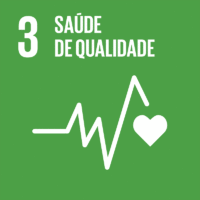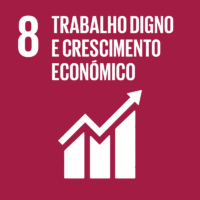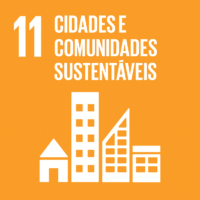Ciência_Iscte
Publicações
Descrição Detalhada da Publicação
Spatial and temporal analysis of COVID-19 in the elderly living in residential care homes in Portugal
Título Revista
International Journal of Environmental Research and Public Health
Ano (publicação definitiva)
2022
Língua
Inglês
País
Suíça
Mais Informação
Web of Science®
Scopus
Google Scholar
Esta publicação não está indexada no Overton
Abstract/Resumo
Background: The goal of this study is to identify geographic areas for priority actions in order to control COVID-19 among the elderly living in Residential Care Homes (RCH). We also describe the evolution of COVID-19 in RHC throughout the 278 municipalities of continental Portugal between March and December 2020. Methods: A spatial population analysis of positive COVID-19 cases reported by the Portuguese National Health Service (NHS) among the elderly living in RCH. The data are for COVID-19 testing, symptomatic status, comorbidities, and income level by municipalities. COVID-19 measures at the municipality level are the proportion of positive cases of elderly living in RCH, positive cases per elderly living in RCH, symptomatic to asymptomatic ratio, and the share of comorbidities cases. Spatial analysis used the Kernel density estimation (KDE), space-time statistic Scan, and geographic weighted regression (GWR) to detect and analyze clusters of infected elderly. Results: Between 3 March and 31 December 2020, the high-risk primary cluster was located in the regions of Braganca, Guarda, Vila Real, and Viseu, in the Northwest of Portugal (relative risk = 3.67), between 30 September and 13 December 2020. The priority geographic areas for attention and intervention for elderly living in care homes are the regions in the Northeast of Portugal, and around the large cities, Lisbon and Porto, which had high risk clusters. The relative risk of infection was spatially not stationary and generally positively affected by both comorbidities and low-income. Conclusion: The regions with a population with high comorbidities and low income are a priority for action in order to control COVID-19 in the elderly living in RCH. The results suggest improving both income and health levels in the southwest of Portugal, in the environs of large cities, such as Lisbon and Porto, and in the northwest of Portugal to mitigate the spread of COVID-19.
Agradecimentos/Acknowledgements
--
Palavras-chave
COVID-9,Elderly in residential care homes (RCH),Spatial-temporal analysis,Geographic weighted regression (GWR),Kernel density estimation (KDE)
Classificação Fields of Science and Technology
- Economia e Gestão - Ciências Sociais
Registos de financiamentos
| Referência de financiamento | Entidade Financiadora |
|---|---|
| UIDB/00315/2020 | Fundação para a Ciência e a Tecnologia |
Contribuições para os Objetivos do Desenvolvimento Sustentável das Nações Unidas
Com o objetivo de aumentar a investigação direcionada para o cumprimento dos Objetivos do Desenvolvimento Sustentável para 2030 das Nações Unidas, é disponibilizada no Ciência_Iscte a possibilidade de associação, quando aplicável, dos artigos científicos aos Objetivos do Desenvolvimento Sustentável. Estes são os Objetivos do Desenvolvimento Sustentável identificados pelo(s) autor(es) para esta publicação. Para uma informação detalhada dos Objetivos do Desenvolvimento Sustentável, clique aqui.

 English
English




